Home>Furniture & Design>Bathroom Accessories>Why Is My Bathtub Peeling
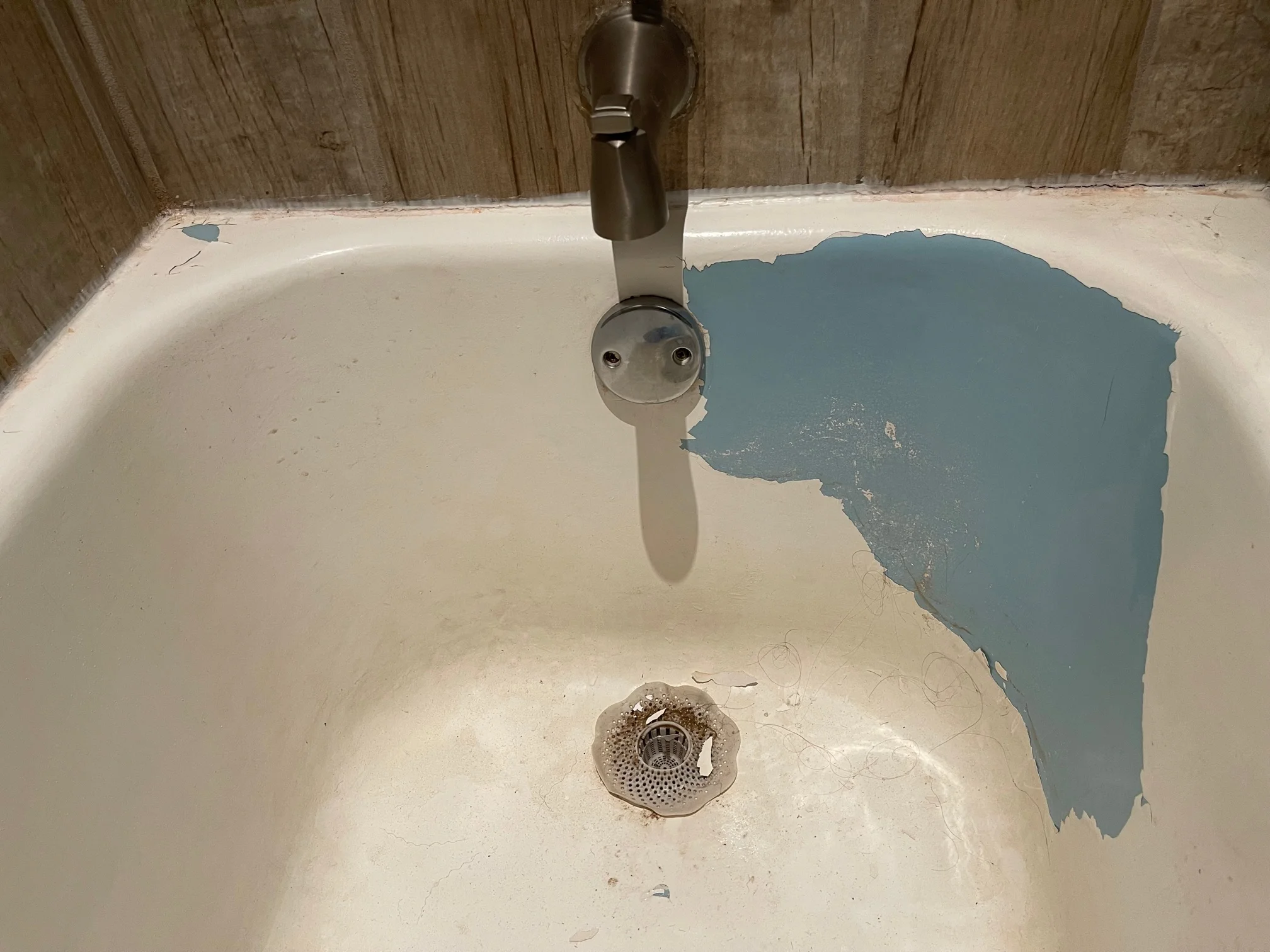

Bathroom Accessories
Why Is My Bathtub Peeling
Published: February 17, 2024
Discover the reasons behind bathtub peeling and how to prevent it. Explore the best bathroom accessories to maintain a pristine tub.
(Many of the links in this article redirect to a specific reviewed product. Your purchase of these products through affiliate links helps to generate commission for Storables.com, at no extra cost. Learn more)
Common Causes of Bathtub Peeling
-
Age and Wear: Over time, the constant use of a bathtub can lead to wear and tear, causing the enamel or coating to deteriorate. This can result in peeling, especially in older bathtubs that have been subjected to years of use.
-
Harsh Cleaning Products: The use of abrasive or acidic cleaning agents can damage the bathtub's surface, leading to peeling. Chemicals such as bleach, ammonia, or abrasive scrubbing pads can strip away the protective layer, leaving the surface vulnerable to peeling.
-
Moisture and Humidity: Excessive moisture and humidity in the bathroom can contribute to bathtub peeling. Constant exposure to water, especially in areas with poor ventilation, can cause the protective coating to break down and peel off over time.
-
Impact Damage: Accidental impacts or heavy objects dropped on the bathtub surface can cause chips and cracks, which may eventually lead to peeling. These physical damages compromise the integrity of the bathtub's surface, making it more susceptible to peeling.
-
Low-Quality Materials: Bathtubs made from low-quality materials or those with subpar coatings are more prone to peeling. Inferior enamel or coatings may not adhere well to the bathtub surface, leading to premature peeling and deterioration.
-
Improper Installation: Incorrect installation of the bathtub or using improper adhesives during installation can result in peeling. When the bathtub is not installed correctly, it can lead to stress points and weak adhesion, causing the coating to peel off.
Understanding the common causes of bathtub peeling is crucial for homeowners and maintenance professionals. By identifying the underlying factors contributing to peeling, proactive measures can be taken to prevent further damage and preserve the bathtub's integrity.
Key Takeaways:
- Prevent bathtub peeling by using gentle cleaners, ensuring proper ventilation, and promptly repairing any damage. High-quality materials and regular inspections also help maintain the bathtub’s integrity.
- To repair peeling, assess the damage, clean the surface, apply primer and coating, and allow for thorough drying. Following these steps restores the bathtub’s appearance and functionality.
Read more: Why Is My Bathtub Chipping
Effects of Peeling on Bathtub
Peeling in a bathtub can have several detrimental effects, impacting both the aesthetic appeal and functionality of the fixture. Understanding these effects is essential for homeowners and maintenance professionals to grasp the severity of the issue and take appropriate remedial actions.
Aesthetic Deterioration
The most apparent effect of peeling on a bathtub is the significant aesthetic deterioration it causes. The peeling enamel or coating creates an unsightly appearance, detracting from the overall appeal of the bathroom. This deterioration can be particularly distressing in bathrooms that have otherwise been meticulously maintained, as the peeling bathtub becomes a focal point of visual disarray.
Hygiene Concerns
Peeling in a bathtub can compromise hygiene standards. The exposed areas where the enamel or coating has peeled away become susceptible to the accumulation of dirt, grime, and potentially harmful bacteria. This not only poses a challenge in maintaining cleanliness but also raises concerns about the potential health hazards associated with unhygienic surfaces in the bathroom.
Structural Integrity Compromise
Beyond the visual and hygiene-related implications, peeling can compromise the structural integrity of the bathtub. The underlying material, such as porcelain or fiberglass, may be exposed to moisture and other environmental factors, leading to degradation and weakening of the bathtub's structure. Over time, this can result in leaks, further damage, and the need for extensive repairs or even replacement.
Read more: Why Is My Bathtub Yellow
Reduced Longevity
Peeling significantly reduces the longevity of the bathtub. What may have been a durable and long-lasting fixture can quickly deteriorate due to peeling, necessitating premature repairs or replacement. This not only incurs additional costs but also disrupts the convenience and functionality of the bathroom, inconveniencing the occupants.
Diminished Property Value
In the context of homeownership, a peeling bathtub can diminish the overall property value. Prospective buyers may perceive a peeling bathtub as a maintenance concern, potentially devaluing the property or dissuading potential offers. Therefore, addressing peeling issues promptly is crucial for maintaining the property's market appeal and value.
In summary, the effects of peeling on a bathtub are multifaceted, encompassing aesthetic, hygiene, structural, longevity, and property value implications. Recognizing these effects underscores the importance of proactive maintenance and timely remediation to mitigate the adverse consequences of bathtub peeling.
How to Prevent Bathtub Peeling
Preventing bathtub peeling entails proactive measures aimed at preserving the integrity and longevity of the fixture. By implementing preventive strategies, homeowners can mitigate the risk of peeling and maintain the aesthetic and functional appeal of their bathtubs.
Proper Maintenance
Regular and proper maintenance is paramount in preventing bathtub peeling. This includes using gentle, non-abrasive cleaning agents and soft cloths to clean the bathtub surface. Avoiding harsh chemicals and abrasive scrubbing pads can help preserve the protective coating, reducing the likelihood of peeling.
Read more: Why Are There Ants In My Bathtub
Adequate Ventilation
Ensuring adequate ventilation in the bathroom is crucial for preventing excessive moisture and humidity, which are common contributors to bathtub peeling. Proper ventilation, such as using exhaust fans or opening windows, facilitates air circulation, reducing the accumulation of moisture that can compromise the bathtub's surface.
Prompt Repairs
Addressing any signs of damage or wear on the bathtub promptly can prevent minor issues from escalating into extensive peeling. Repairing chips, cracks, or areas of compromised coating as soon as they are noticed can help maintain the bathtub's protective layer and prevent peeling.
Avoiding Impact Damage
Taking precautions to prevent impact damage can safeguard the bathtub from peeling. This includes refraining from dropping heavy objects on the bathtub surface and using protective mats or cushions to minimize the risk of physical damage that could lead to peeling.
Quality Installation
Ensuring that the bathtub is installed correctly using appropriate adhesives and following manufacturer guidelines is essential in preventing peeling. Proper installation minimizes stress points and ensures strong adhesion, reducing the likelihood of the coating peeling off prematurely.
Read more: Why Are There Tiny Bugs In My Bathtub
Use of High-Quality Products
Opting for high-quality bathtubs with durable coatings and enamel can significantly reduce the risk of peeling. Investing in a bathtub made from superior materials and coatings enhances the longevity and resilience of the fixture, minimizing the likelihood of peeling.
Regular Inspections
Conducting regular inspections of the bathtub surface can help identify early signs of wear, damage, or deterioration. By proactively addressing any emerging issues, homeowners can take preventive measures to maintain the bathtub's integrity and prevent peeling.
By incorporating these preventive measures into their maintenance routines, homeowners can effectively minimize the risk of bathtub peeling, preserving the visual appeal and functionality of this essential bathroom fixture. Taking a proactive approach to prevention can ultimately save time, resources, and the inconvenience of dealing with peeling issues in the future.
Steps to Repair Peeling Bathtub
Repairing a peeling bathtub requires careful attention to detail and the use of appropriate materials and techniques to restore the bathtub's surface to its original condition. Here are the essential steps to effectively repair a peeling bathtub:
-
Assessment of Damage: Begin by thoroughly assessing the extent of the peeling and any underlying damage to the bathtub surface. Identify areas where the enamel or coating has peeled off and examine the underlying material for any signs of degradation or structural compromise.
-
Surface Preparation: To prepare the bathtub for repair, clean the affected areas to remove any dirt, debris, or loose particles. Use a mild detergent and water to ensure the surface is free from contaminants that could interfere with the repair process.
-
Sand the Peeling Areas: Gently sand the peeling areas to create a smooth and even surface. Use fine-grit sandpaper to carefully remove any remaining loose coating or rough edges, ensuring that the surface is adequately prepped for the repair materials.
-
Application of Primer: Apply a high-quality bonding primer specifically designed for use on bathtubs. The primer helps promote adhesion and prepares the surface for the application of the new coating, ensuring a durable and long-lasting repair.
-
Application of Coating: Once the primer has dried according to the manufacturer's instructions, apply the appropriate bathtub coating or enamel to the repaired areas. Ensure that the coating is evenly applied and covers the sanded areas completely for a seamless finish.
-
Curing and Drying: Allow the newly applied coating to cure and dry thoroughly as per the product specifications. This typically involves allowing sufficient time for the coating to set and harden, ensuring optimal adhesion and durability.
-
Final Inspection: Once the repair is complete and the coating has dried, conduct a final inspection to ensure that the repaired areas blend seamlessly with the rest of the bathtub surface. Check for any imperfections and make any necessary touch-ups to achieve a uniform appearance.
By following these meticulous steps, homeowners and maintenance professionals can effectively repair a peeling bathtub, restoring its visual appeal and structural integrity. It is important to adhere to the manufacturer's guidelines for the repair materials and techniques to ensure a successful and long-lasting restoration of the bathtub surface.
Conclusion
In conclusion, addressing bathtub peeling is essential for maintaining the aesthetic appeal, functionality, and longevity of this integral bathroom fixture. By understanding the common causes of peeling, recognizing its detrimental effects, implementing preventive measures, and knowing the steps to effectively repair peeling, homeowners and maintenance professionals can proactively manage and mitigate this issue.
Bathtub peeling can stem from various factors, including age and wear, harsh cleaning products, moisture and humidity, impact damage, low-quality materials, and improper installation. These underlying causes highlight the importance of regular maintenance, proper cleaning practices, and vigilant oversight to prevent peeling and preserve the bathtub's integrity.
The effects of peeling on a bathtub encompass aesthetic deterioration, hygiene concerns, structural integrity compromise, reduced longevity, and diminished property value. Recognizing these effects underscores the urgency of addressing peeling issues promptly to avoid further damage and maintain a hygienic, visually appealing, and structurally sound bathtub.
Implementing preventive measures, such as proper maintenance, adequate ventilation, prompt repairs, avoiding impact damage, quality installation, use of high-quality products, and regular inspections, can significantly reduce the risk of bathtub peeling. By integrating these proactive strategies into maintenance routines, homeowners can safeguard their bathtubs against peeling and prolong their lifespan.
In the event of bathtub peeling, following the essential steps to repair the affected areas is crucial. Assessing the damage, preparing the surface, applying primer, coating, and allowing for proper curing and drying are integral to achieving a seamless and durable repair. Adhering to these meticulous steps ensures the effective restoration of the bathtub surface, eliminating unsightly peeling and preserving the fixture's functionality.
In essence, by understanding the causes, effects, preventive measures, and repair techniques related to bathtub peeling, homeowners and maintenance professionals can effectively manage this issue, prolong the lifespan of their bathtubs, and uphold the overall appeal and functionality of their bathrooms. Taking a proactive approach to bathtub maintenance and addressing peeling promptly can ultimately contribute to a hygienic, visually pleasing, and structurally sound bathing environment for years to come.
Frequently Asked Questions about Why Is My Bathtub Peeling
Was this page helpful?
At Storables.com, we guarantee accurate and reliable information. Our content, validated by Expert Board Contributors, is crafted following stringent Editorial Policies. We're committed to providing you with well-researched, expert-backed insights for all your informational needs.
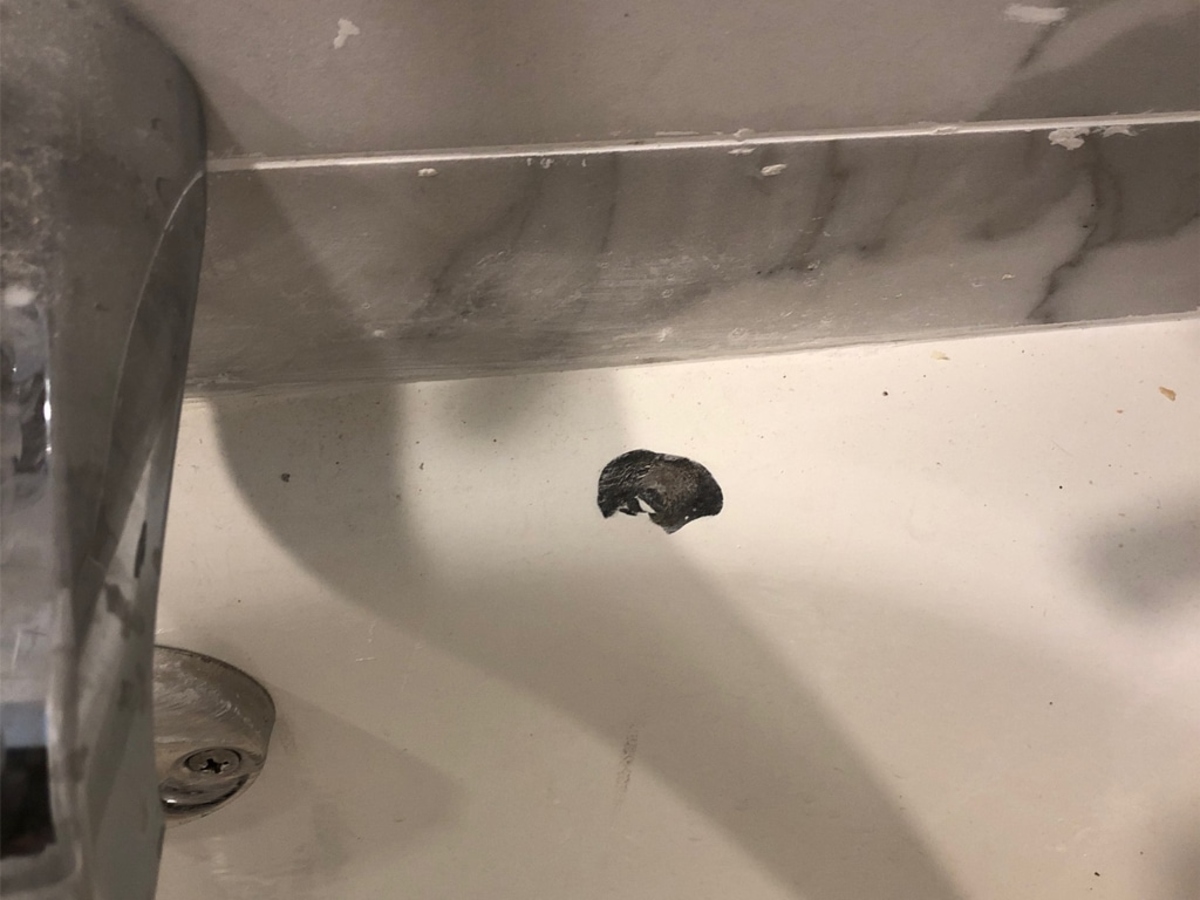

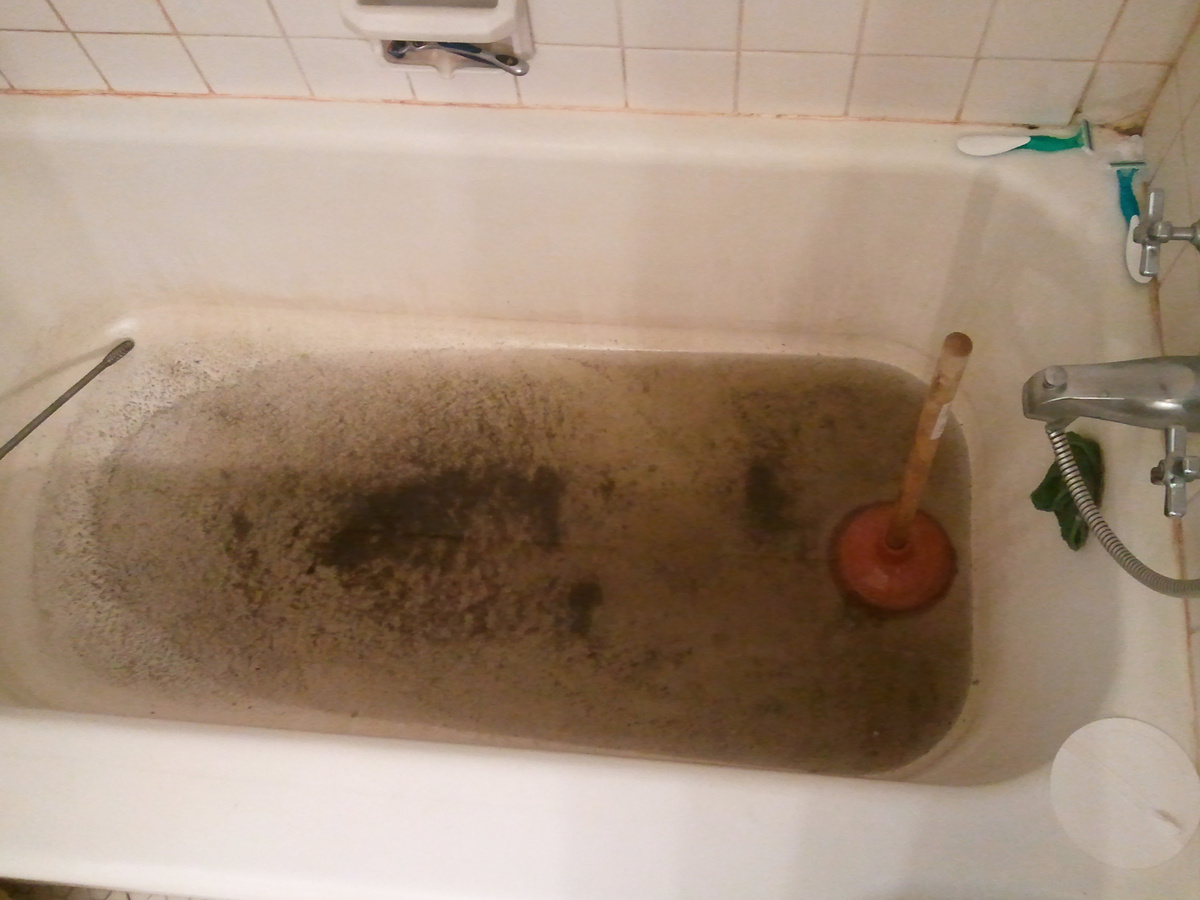

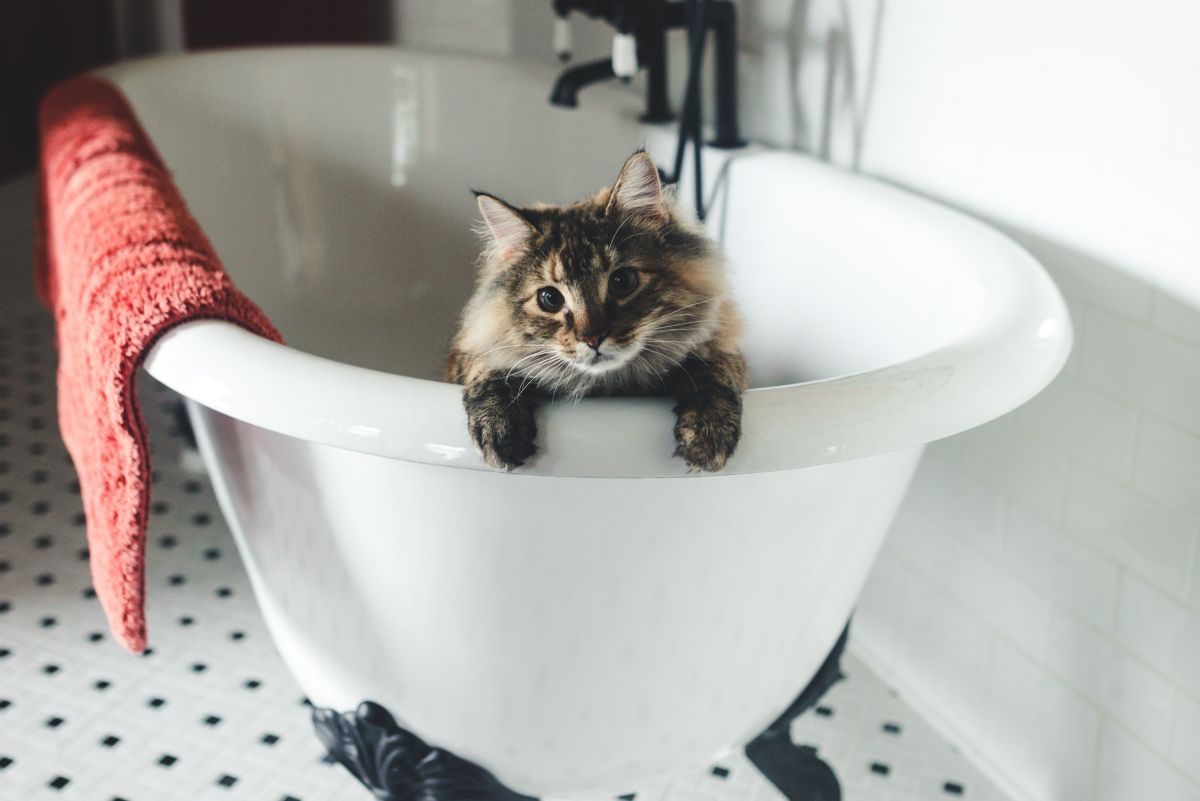

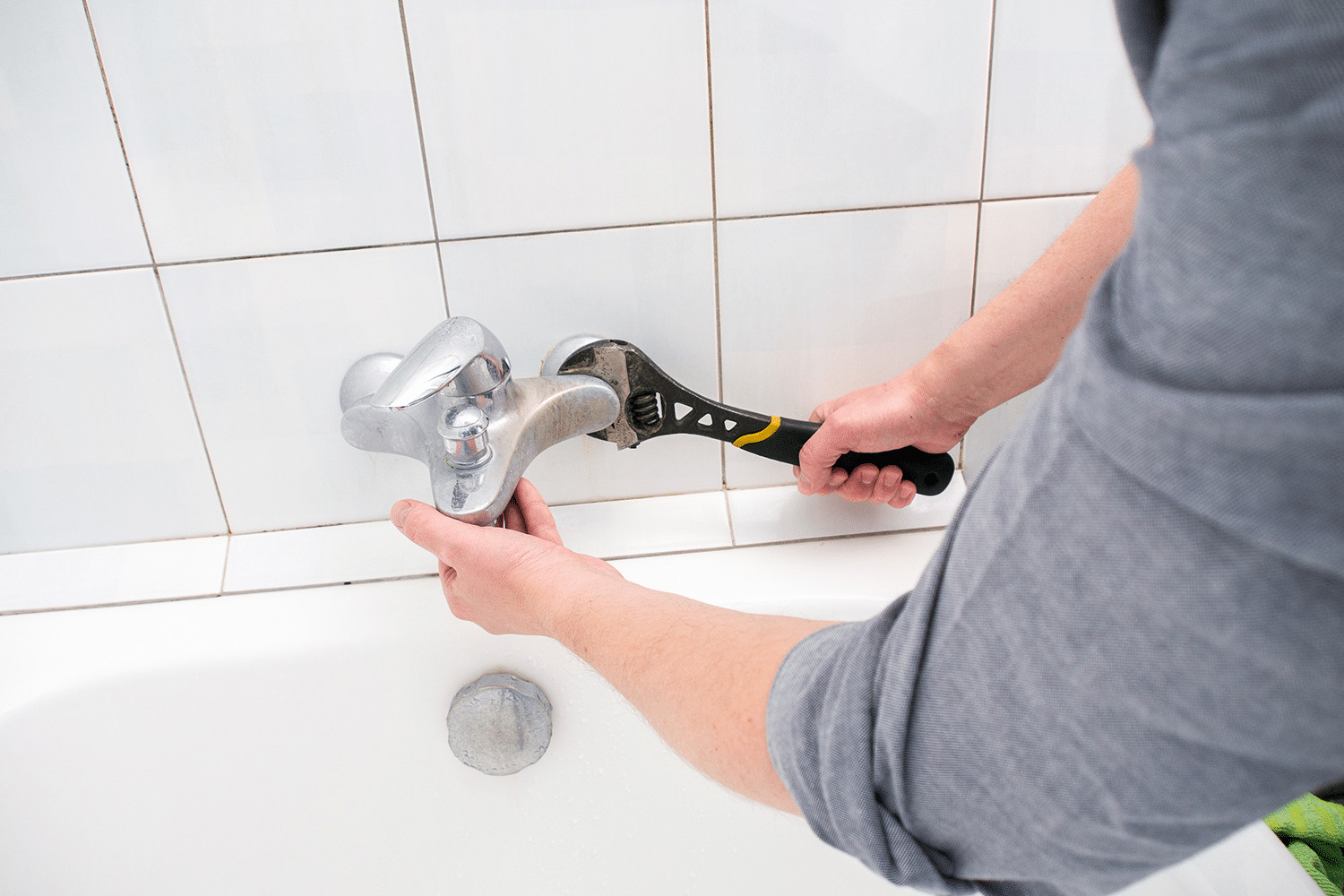
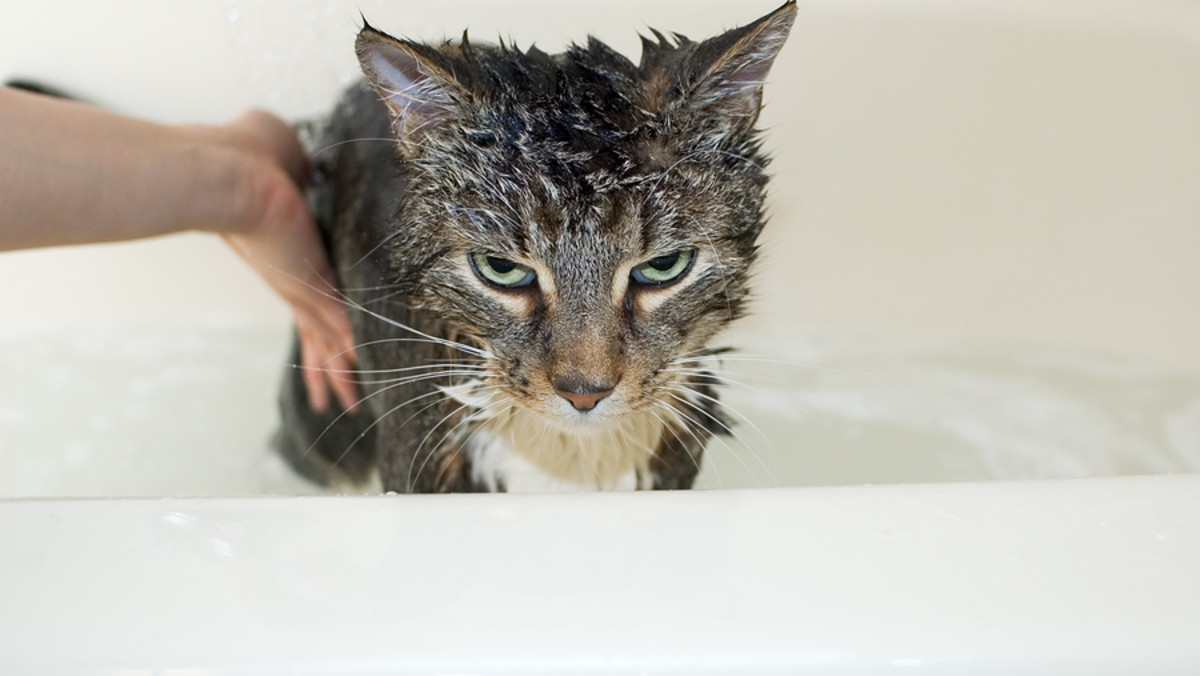
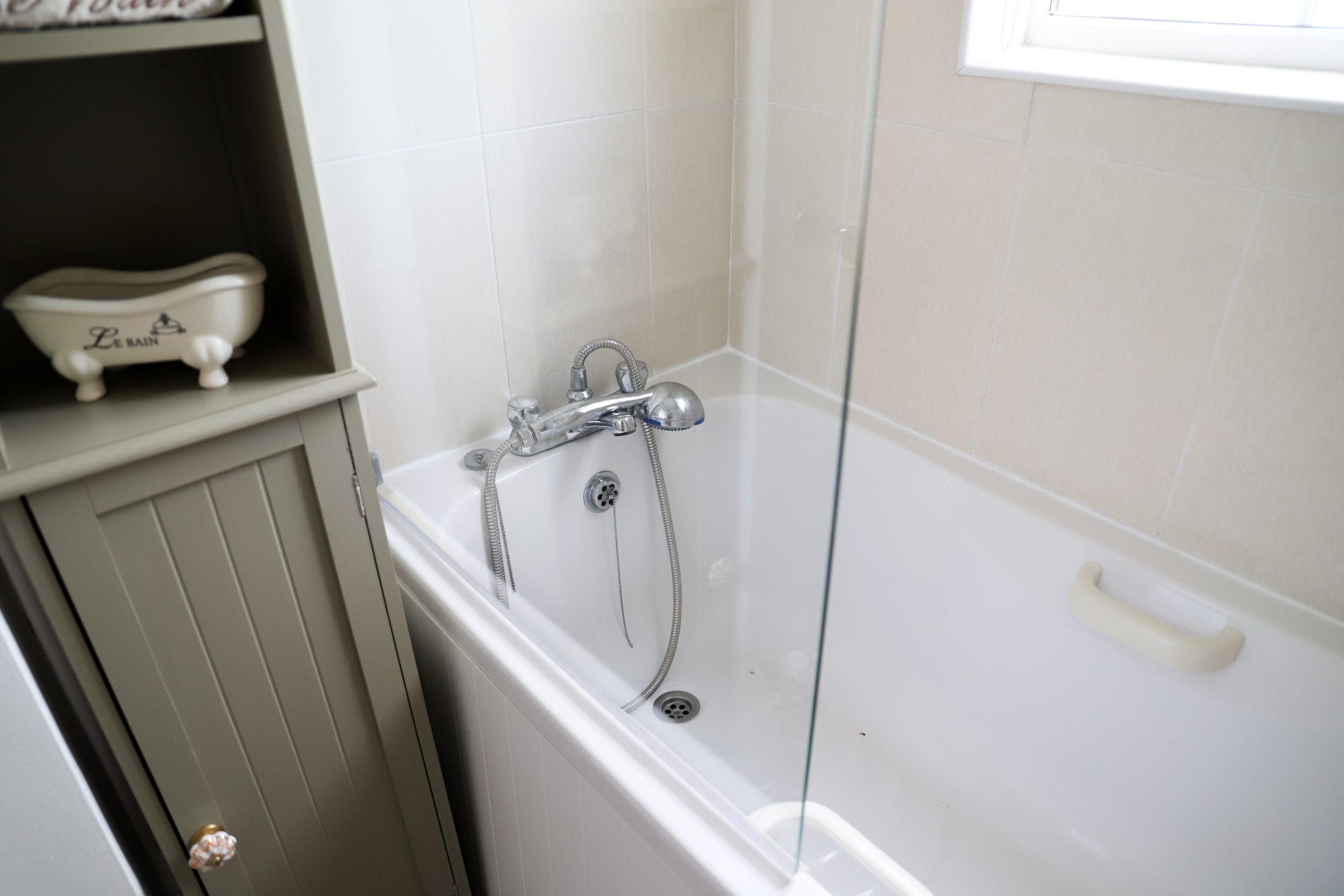




0 thoughts on “Why Is My Bathtub Peeling”